This post will provide you with ten incredible tips that will enable you to successfully handle the tricky process of propagating aloe vera, allowing you to grow several plants from a single or two cuttings. These gardening suggestions promise to improve your skills and strengthen your connection to nature.
If you’re looking to add to your collection or want to share how to propagate aloe vera the joy of gardening with friends and family. Prepare to immerse yourself in the realm of Aloe Vera care like never before the path to becoming a true plant whisperer starts here.
How to propagate aloe vera: The Wonder Plant
Origins and Natural Habitat
Aloe vera is a fascinating plant that’s been around for centuries. It originally came from the Arabian Peninsula, but now you can find it all over the world. These succulents love warm, dry climates and can often be spotted growing wild in tropical and subtropical regions.
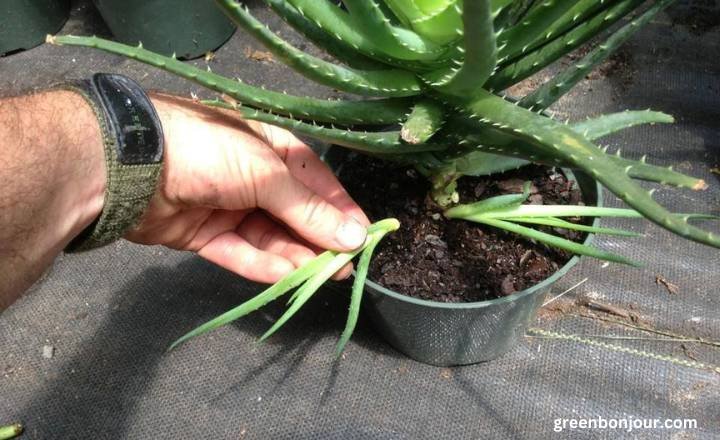
Health benefits and uses
Aloe vera isn’t just a pretty face – it’s packed with goodness! The gel inside its leaves is a treasure trove of vitamins, minerals, and amino acids. People have been using it for ages to soothe burns, moisturize skin, and even as a natural laxative.
Ideal growing conditions
These hardy plants aren’t too fussy, but they do have some preferences. They love bright, indirect sunlight and well-draining soil. Too much water is their nemesis, so it’s better to err on the dry side.
Choosing the Right Aloe Vera for Propagation

Identifying healthy parent plants
When you’re looking to propagate aloe vera, start with a healthy parent plant. Look for thick, plump leaves with a vibrant green color. Avoid plants with brown spots, mushy areas, or yellowing leaves – these could be signs of disease or overwatering.
Selecting mature leaves or offsets
For leaf propagation, choose mature leaves from the outer part of the plant. These should be at least 3-4 inches long. If you’re going the offset route (we’ll talk more about this later), look for baby plants that have formed their root system.
Best time of year for propagation
Spring and summer are ideal for propagating aloe vera. The plant is actively growing during these months, which gives your cuttings or offsets the best chance of success.
Leaf Cutting Method: Growing Aloe from Leaves
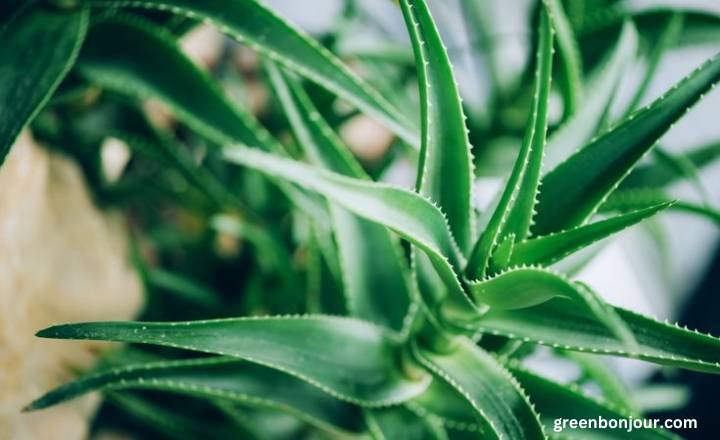
Preparing the leaf for propagation
First, choose a healthy leaf and cut it off close to the stem using a clean, sharp knife. Make sure your cutting tools are sterilized to prevent infection.
Proper cutting techniques
Cut the leaf at a slight angle to increase the surface area for root development. Some people swear by making a ‘V’ shaped cut at the bottom of the leaf, but I’ve had success with both methods.
Curing and callusing the cut end
After cutting, let the leaf sit in a warm, dry place for a few days. This allows the cut end to form a callus, which helps prevent rot when you plant it.
Offset Separation: Multiplying Your Aloe Plants

Identifying and removing offsets
Offsets, also known as ‘pups’, are baby aloe plants that grow from the base of the mother plant. Wait until they’re about 2-3 inches tall before separating them. To remove an offset, gently dig around its base and separate it from the mother plant, trying to keep as many roots intact as possible.
Preparing offsets for planting
After separation, let the offset dry out for a day or two to allow any wounds to heal. This helps prevent fungal infections when you plant it.
Transplanting offsets successfully
Plant your offset in a small pot with well-draining cactus or succulent soil. Water lightly and place in bright, indirect light.
I love propagating with offsets because it feels like I’m giving these baby plants a chance to grow up and thrive on their own. It’s like being a plant parent!
Soil and Container Selection for Aloe Propagation
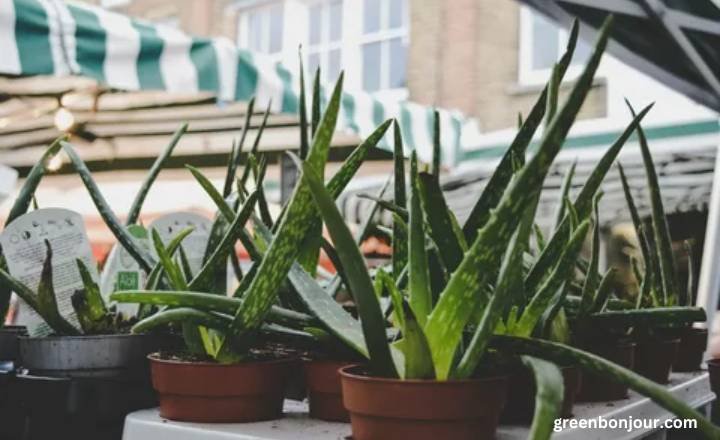
Creating the perfect soil mix
Aloe vera needs well-draining soil to thrive. A mixture of regular potting soil, coarse sand, and perlite works well. I usually use a ratio of 2:1:1. I learned the hard way that regular potting soil alone is too heavy for aloe vera. My first plant almost died from root rot before I figured out the right mix!
Choosing the right pot size and material
Choose a pot that’s just slightly larger than your cutting or offset. Terracotta pots are great because they’re porous and help excess moisture evaporate.
Drainage considerations for healthy growth
Make sure your pot has drainage holes. I can’t stress this enough! Aloe vera hates sitting in water, so good drainage is crucial. I once used a beautiful pot without drainage holes for my aloe. Let’s say it didn’t end well, and I now always check for (or drill) drainage holes before planting.
Watering Techniques for Newly Propagated Aloe
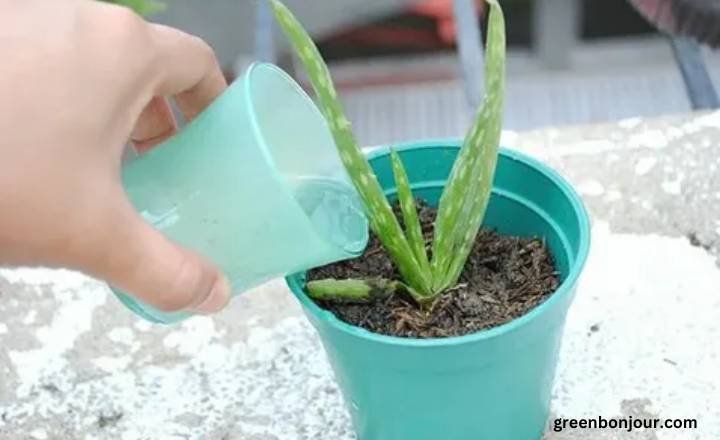
Establishing a watering schedule
When you first plant your cutting or offset, water it lightly. Then, wait until the soil is completely dry before watering again. This could be anywhere from 1-3 weeks, depending on your climate.
Avoiding overwatering and root rot
It’s better to underwater than overwater aloe vera. These plants are drought-tolerant and can bounce back from underwatering, but too much water can quickly lead to root rot.
I used to be a chronic overwaterer, but I’ve learned to resist the urge to water just because the soil looks dry on top. Now, I always check the soil moisture with my finger before watering.
Adjusting water needs as plants mature
As your aloe plant grows, you may need to water it more frequently. However, always let the soil dry out completely between waterings.
Light and Temperature Requirements
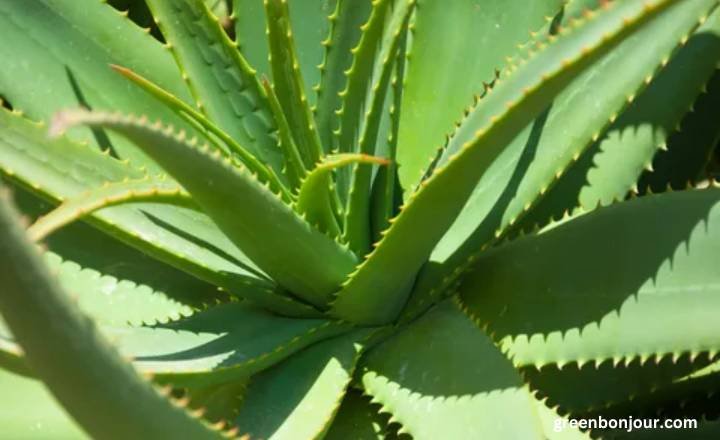
Finding the perfect light balance
Aloe vera loves bright, indirect light. A sunny windowsill is often perfect, but be careful of the intense afternoon sun, which can scorch the leaves. I once left my aloe on a south-facing windowsill during a heatwave. The poor thing got sunburned! Now I use sheer curtains to filter strong sunlight.
Managing temperature fluctuations
Aloe vera prefers temperatures between 55-80°F (13-27°C). They can tolerate brief periods of cooler temperatures, but prolonged colds can damage them.
Seasonal adjustments for optimal growth
In winter, you might need to move your aloe to a brighter spot or supplement with grow lights. Also, watering should be reduced as the plant’s growth slows down.
Fertilizing Your Propagated Aloe Plants
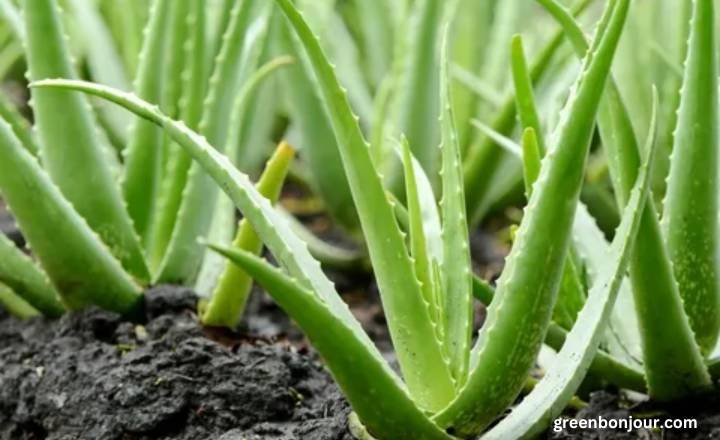
When to start fertilizing new plants
Hold off on fertilizing newly propagated plants for the first few months. They need time to establish their root systems first.
Choosing the right fertilizer
When you do start fertilizing, use a balanced, water-soluble fertilizer diluted to half-strength. Aloe vera doesn’t need much feeding, so less is more!
Applying fertilizer correctly
Fertilize your aloe vera during the growing season (spring and summer), about once a month. Always water the plant before applying fertilizer to prevent root burn.
Common Problems and Troubleshooting
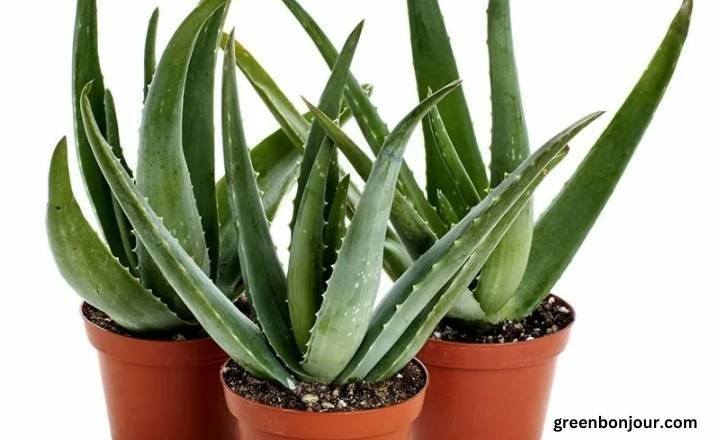
Dealing with pests and diseases
Aloe vera is generally pest-resistant, but can sometimes fall victim to mealybugs or scale insects. If you spot these pests, isolate the affected plant and treat it with insecticidal soap.
Addressing leaf discoloration
Yellow leaves often indicate overwatering, while brown, crispy leaves can be a sign of underwatering or too much direct sun.
Rescuing struggling propagated plants
If your propagated plant is struggling, check its roots. Healthy roots should be white or light-colored. If they’re brown and mushy, you may need to cut away the infected parts and repot them in fresh, dry soil.
Advanced Propagation Techniques for Aloe Enthusiasts
Tissue culture propagation
This is a method used to produce large numbers of identical plants in laboratory conditions. It’s not something you’d typically do at home, but it’s fascinating to learn about!
Hybridization and cross-pollination
For the adventurous aloe lover, you can try hand-pollinating different aloe species to create unique hybrids. This requires patience and a bit of luck, but it can result in some amazing new plants!
Creating optimal greenhouse conditions
If you’re serious about aloe propagation, setting up a small greenhouse can help you control temperature, humidity, and light levels for optimal growth.
Conclusion
Gaining proficiency in aloe vera propagation will improve your gardening abilities and enable you to spread the word about the extraordinary advantages and beauty of this plant. With methods like offsets, water propagation, and leaf cuttings, you can guarantee a healthy collection that will continue to grow for many years to come.
Keep in mind that since every aloe vera plant is different and has different demands and growth patterns, patience and observation are essential to becoming a great plant whisperer. Now that you know these ten astounding secrets, you’ll be ready to start your propagation journey with boldness and originality.
Frequently Asked Questions
How long does it take for aloe vera to root from a cutting?
It can take anywhere from 2-6 weeks for roots to develop, depending on conditions.
Can I propagate aloe vera in water?
While possible, it’s not recommended as aloe vera is prone to rot in standing water.
Why are my aloe vera cuttings not rooting?
This could be due to overwatering, poor drainage, or not allowing the cutting to callus properly before planting.
How often should I water my newly propagated aloe?
Water lightly when first planting, then wait until the soil is completely dry before watering again.
Can I use regular potting soil for my aloe vera?
It’s better to use a well-draining cactus or succulent mix or create your own by adding sand and perlite to regular potting soil.